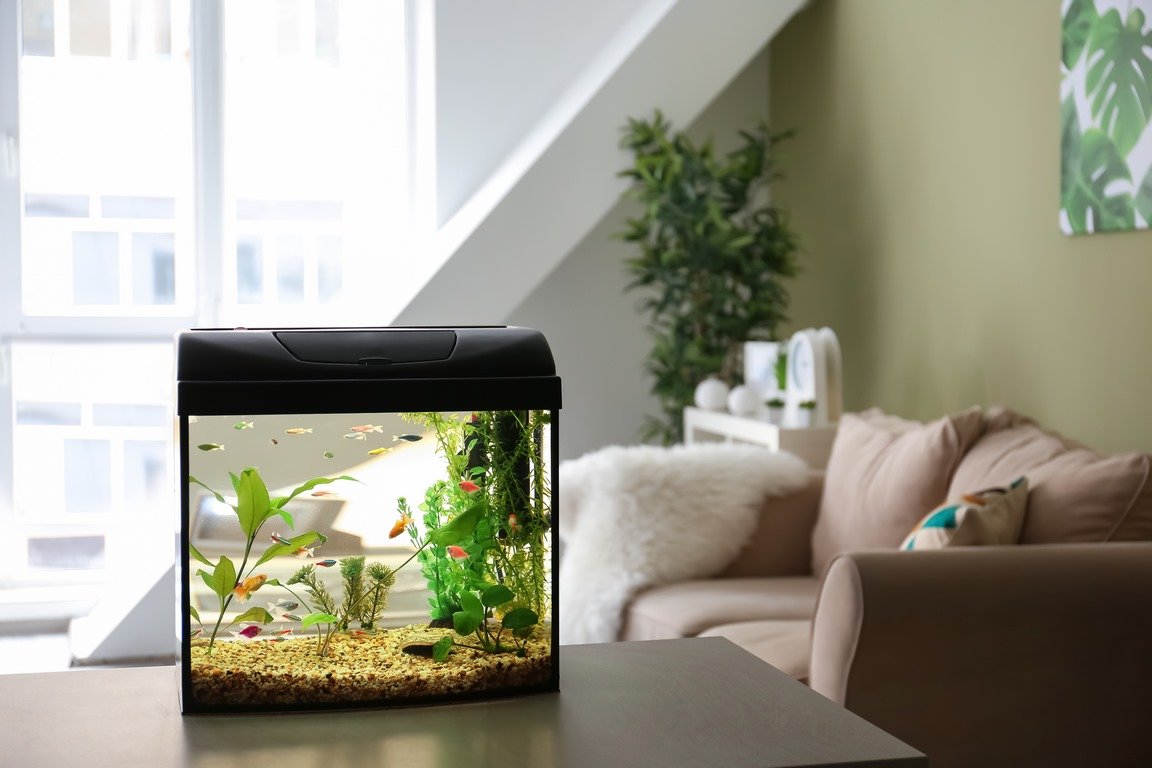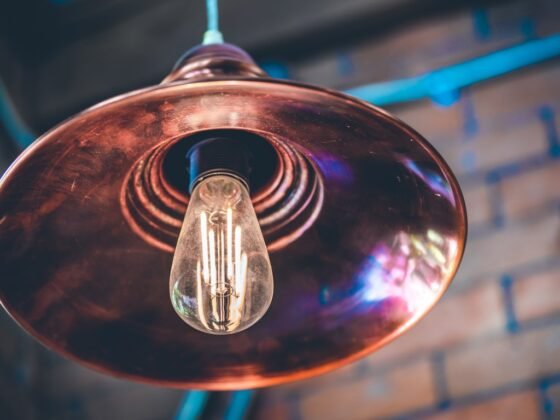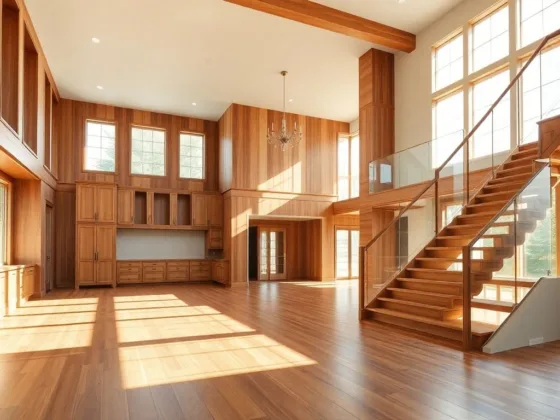Table of Contents Show
Aquariums add artistic flair and aesthetic value to any home. It’s a great way to incorporate a beloved hobby into your daily life and bring exotic life indoors. Scientific theories have indicated that aquatic life improves mental health by offering a sense of peace, relaxation, and balance.

If you’re considering adding an aquarium to your home interior, explore and research the various types that are on the market. Some require more maintenance than others and are designed for different kinds of fish and plants.
If you’re fairly new to having pet fish, you might want to start out with a basic style and see how you do with maintaining that before investing in more complex designs and exotic creatures.
Depending on how and where you’d like to have an aquarium installed, costs will vary, and you may need to hire professional assistance for setting it up.
Aquarium Styles
Some choose the traditional style of a stand-alone, cubic tank, which can be conveniently placed on any surface, provided it’s stable enough, and not in a space that’s subject to extreme temperature changes.
Remember, fish can be sensitive to natural light, which also increases water temperature, so it’s best to keep your tank out of direct sunlight as much as possible.
Cylindrical shaped tanks are also a popular option. You can get even more creative by installing a tank in or on a wall, inlaying it beneath a floor, or building it into a piece of furniture.
Here are 4 types of aquariums most commonly installed in homes:
Planted Aquariums
For those who enjoy a challenge, setting up an aquarium with underwater plants and organisms that flourish with them can be a fun and rewarding science-based project. The creation of an underwater ecosystem requires thoughtful planning, patience, and careful maintenance.
If this is your first time and you’re keen on learning how to set up a planted tank in your home, there are plenty of resources online and in books to guide you in your research.
You don’t need a background in chemistry or botany or marine biology to be successful at sustaining underwater life. It’s important though to understand the purpose of each living addition, including the fish, plants, microfauna, bacteria, and invertebrates if they’re to be incorporated.
Freshwater Aquariums
There are two types of freshwater aquariums, the main difference being the water temperature. Cold freshwater fish tanks are easier because you don’t need to maintain and monitor the interior temperature of the water.
Household favorites like goldfish do perfectly fine in cold water, as long as there’s a filter in place to keep their environment clean of dirt and waste.
Tropical freshwater fish are also relatively easy to care for, but they do require a water heater to keep the temperature at certain levels, usually around 75 to 82 degrees Fahrenheit. They may also need to be periodically tested for chemical balances.
Saltwater Aquariums
Saltwater aquariums can host an infinite variety of aquatic life that’s native to the ocean. Depending on the species, they do require more maintenance and care than freshwater ones do, but their exotic and visual appeal still makes them a very popular choice among experienced enthusiasts and amateurs alike.
Wall Aquariums
There are other creative ways of strategically making an aquarium part of your interior décor. One option is to have your aquarium installed in a wall, partially or entirely.
This technique not only looks luxurious, but it also saves space. “Floating” aquariums can be mounted on walls instead of built-in, which saves you the trouble and expense of cutting a hole in your wall.
Take precise measurements to make sure your inlaid aquarium will be structurally stable and maintainable, as you will need to feed the fish living inside.
Lighting Options for Aquariums
To enhance the visual aesthetics, installing LED lights that change colors can add dimension and unique effects to your aquarium. Incandescent and fluorescent lights can also be used, but take into account what kinds of fish and plants you’re keeping alive in there.
Some species prefer less light or no light, so you could add extra foliage or rock crevices to provide dimming shelter. The advantage of LED lighting is that it doesn’t generate heat or cause temperature fluctuations in the water.
Conclusion
Keep in mind that this decorative addition to your home is also a functioning mini-ecosystem that’s home to living aquatic creatures and organisms. Some fish cohabitate particularly well with others, and some are outright incompatible.
The same applies to plants; they’re all unique and adapt differently to their environments and habitat neighbors. Be considerate of the living things you add to your home aquarium to maximize their quality of life while benefitting your own with their peaceful and soothing presence.










